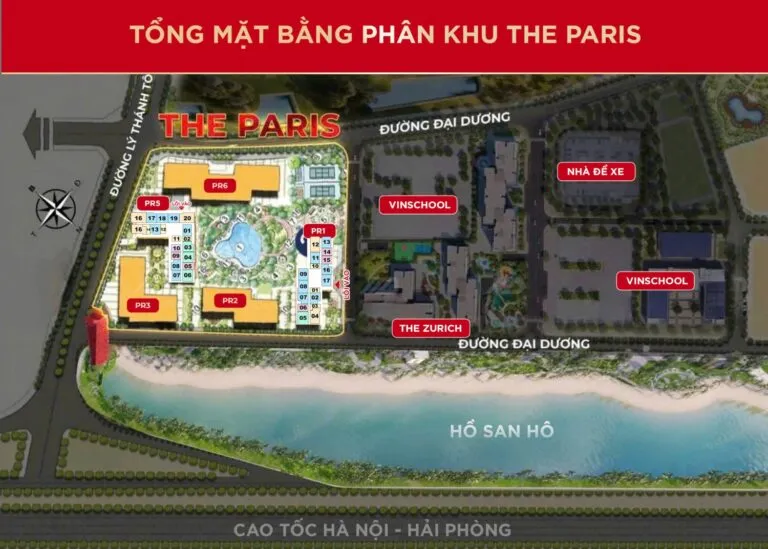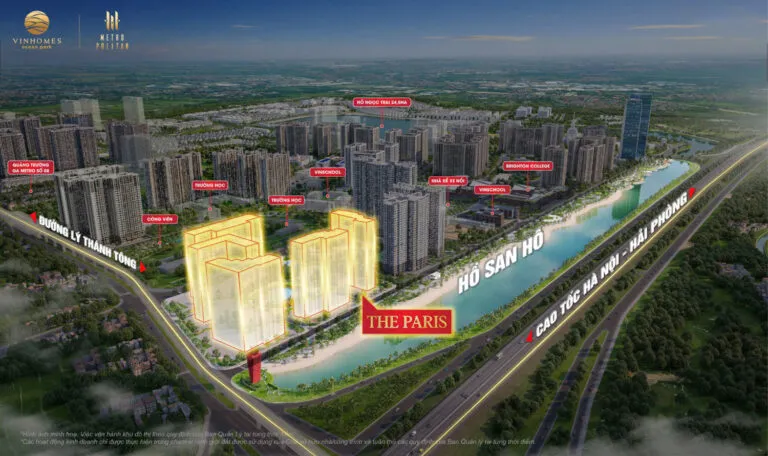Paris, the most magnificent city of flowers in the world, is not only a cultural and economic center but also a symbol of romance and art. However, few people know that behind its splendid beauty lies a history of formation and development full of ups and downs, spanning thousands of years. Let’s explore this miraculous journey, from a small fishing village on the Seine to a brilliant city of lights.
Ancient Origins and Roman Era
The history of Paris began around the 3rd century BC when the Gallic tribe Parisii settled on a small island in the Seine River, now Île de la Cité. They built a settlement called Lutetia (Lutèce), meaning “muddy place” in Gaulish.

In 52 BC, Julius Caesar and the Roman army conquered Gaul, turning Lutetia into part of the Roman Empire. The Romans built the city in their style, with structures such as public baths, arenas, and roads. Lutetia became an important administrative and commercial center, although not as large as other Roman cities.
Middle Ages and the Merovingian Dynasty
As the Roman Empire weakened, Lutetia underwent many changes. In the 5th century, the Franks invaded and renamed the city Paris, after the Parisii tribe. Clovis I, the first king of the Franks, chose Paris as his capital in 508, marking the beginning of a new era.
During the Merovingian period, Paris continued to develop, becoming an important religious and political center. Many churches and monasteries were built, solidifying Paris’s position as a center of power.
Carolingian Dynasty and the Rise of Paris
After the Merovingian period, the Carolingian Dynasty came to power. Although Charlemagne, the most famous king of this dynasty, did not choose Paris as his capital, the city still maintained an important role in the kingdom.
In the 9th century, the Vikings frequently attacked Paris, causing much damage. However, the resilience of the Parisians and the city’s defenses prevented the invaders.
Capetian Dynasty and Remarkable Development
In 987, Hugh Capet, Count of Paris, ascended the throne, marking the beginning of the Capetian Dynasty. This dynasty made Paris the political and cultural center of France.

During the Capetian period, Paris experienced a period of remarkable development. Major architectural works such as Notre Dame Cathedral began to be built, and the University of Paris was established, attracting scholars and students from all over Europe. Paris became a leading academic and artistic center.
Renaissance and the Changing Face
The Renaissance brought significant changes to Paris. Classical architectural works were built, and art and culture flourished. However, Paris also faced challenges such as religious wars and uprisings.
In the 17th century, under the reign of King Louis XIV, Paris continued to expand and be adorned. The Louvre Palace was expanded, becoming one of the largest museums in the world.
French Revolution and Napoleonic Era
The French Revolution in 1789 completely changed the history of Paris. The city became the center of the revolution, with historical events taking place here such as the storming of the Bastille and the execution of King Louis XVI.
After the revolution, Napoleon Bonaparte came to power and continued to transform Paris into a magnificent capital. He commissioned the construction of many commemorative monuments, such as the Arc de Triomphe and the Vendôme Column.
19th Century and Belle Époque
The 19th century was a period of brilliant development for Paris. The city underwent a large-scale reconstruction under the direction of Baron Haussmann, with the construction of wide boulevards, parks, and neoclassical buildings.
The Belle Époque (Beautiful Era) was a period of peace and prosperity, witnessing the strong development of art, culture, and entertainment in Paris. The city became a favorite destination for the upper class and artists from all over the world.
20th Century and Modern Era
The 20th century brought new challenges to Paris, including two world wars. However, the city maintained its position as an important cultural and economic center.

Today, Paris is one of the world’s leading global cities, with a developed economy, diverse culture, and rich history. The city continues to attract millions of visitors every year, who come to explore historical sites, art museums, and enjoy the romantic atmosphere of the city of lights.
Conclusion
The history of formation and development of Paris is a long and complex story, spanning thousands of years. From a small fishing village to a brilliant city of lights, Paris has experienced many ups and downs, witnessed important historical events, and become a symbol of culture, art, and romance. Today, Paris continues to develop and innovate, maintaining its position as one of the most important cities in the world.